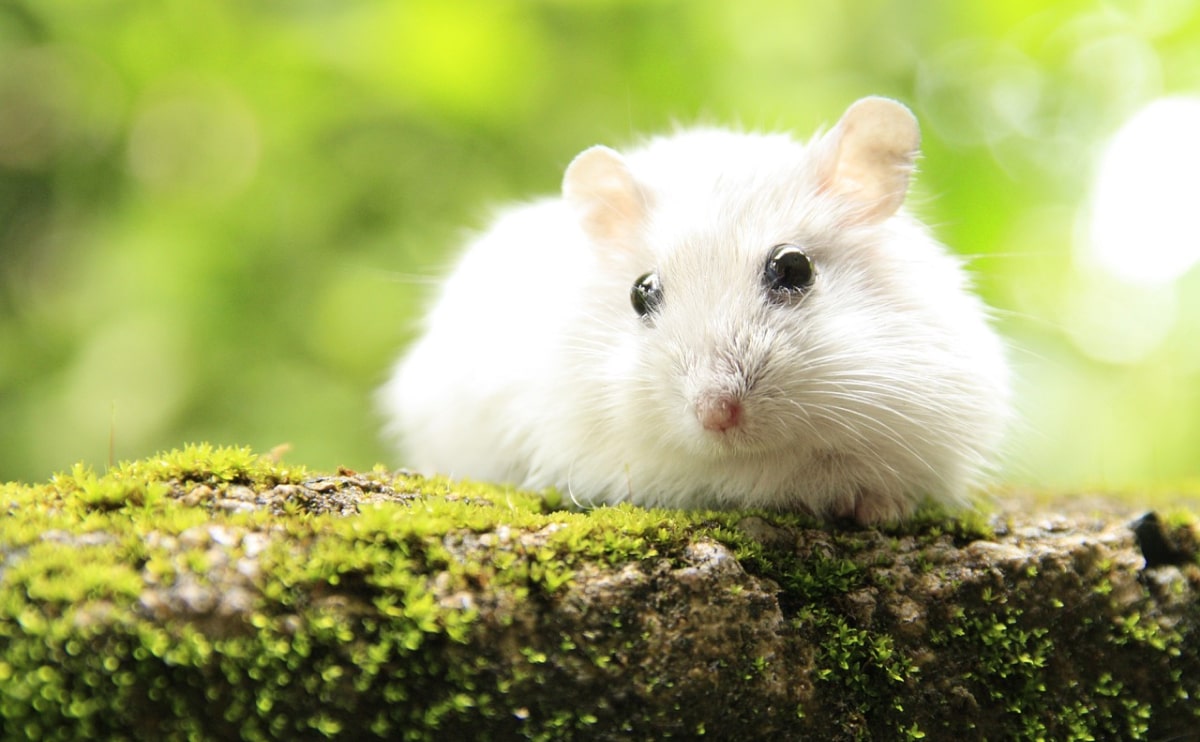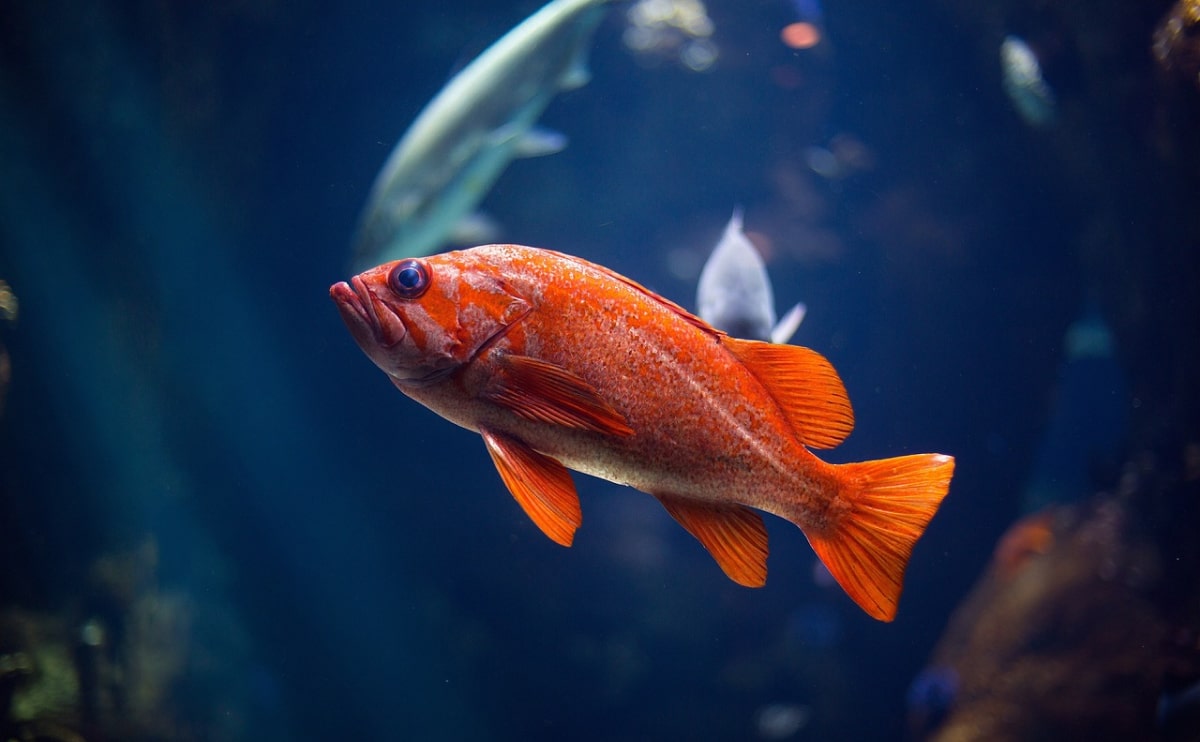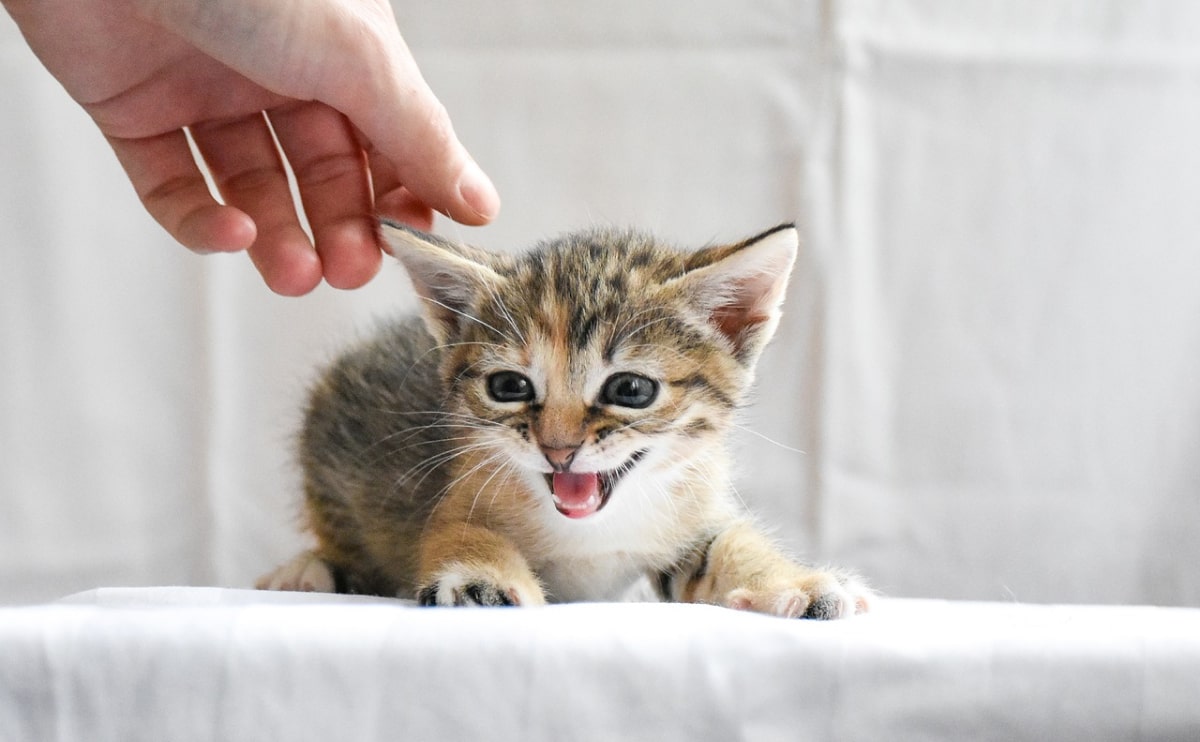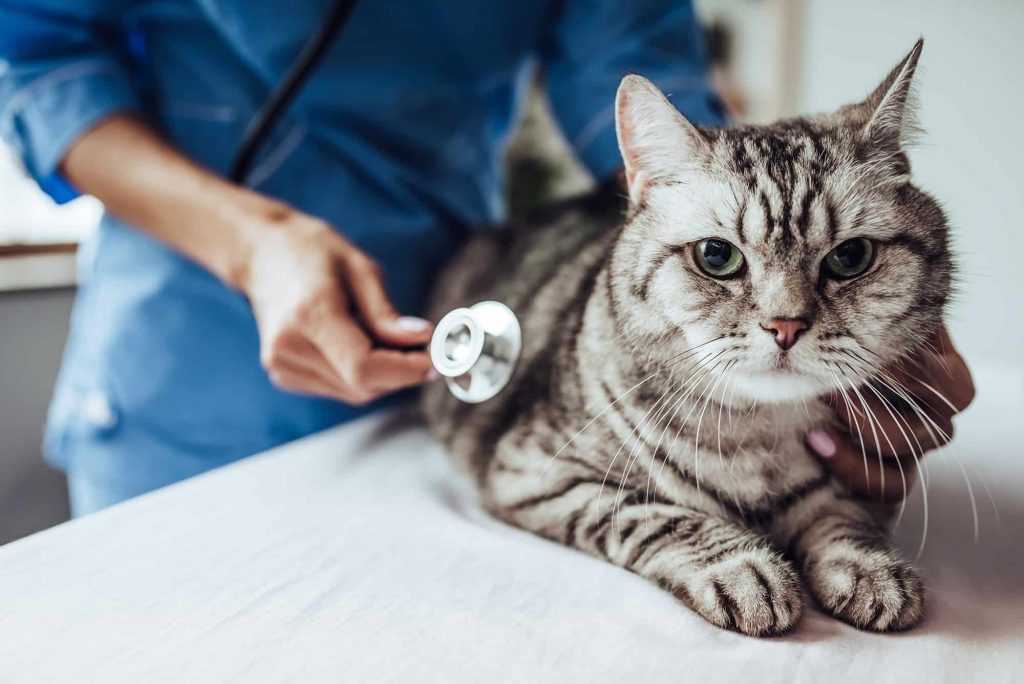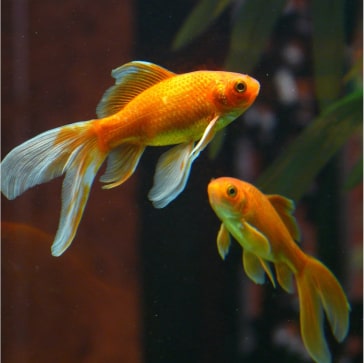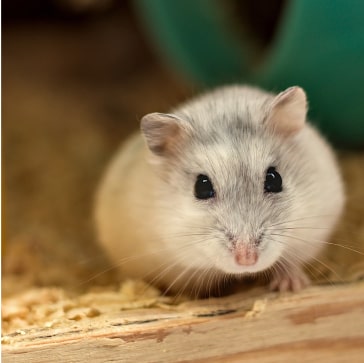Blog
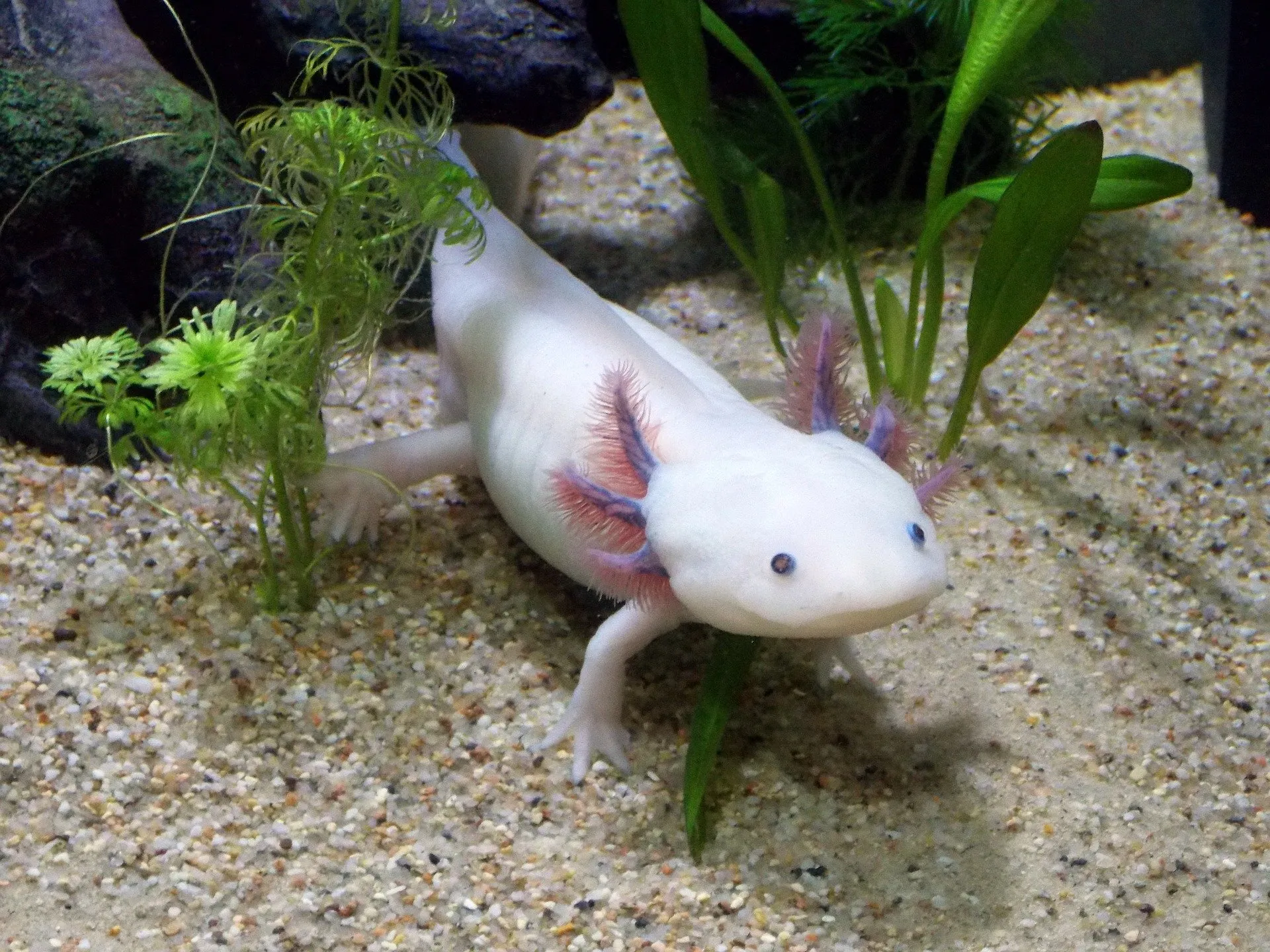
Axolotls: 6 Interesting Facts
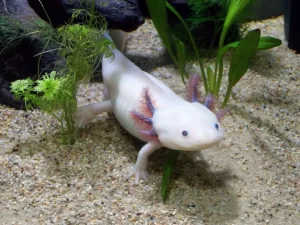
Axolotls are both fascinating and lovely! They’re amphibians who spend their whole lives submerged. They are neotenous salamanders, which means they retain their juvenile characteristics throughout their lifetimes and seldom undergo metamorphosis, despite the fact that they can live up to 15 years! They are also restricted to a single lake in Mexico. If this has piqued your interest, continue reading for six fascinating facts about axolotls.
1. They Have the Ability to Regenerate Body Parts
The capacity of axolotls to regenerate body parts is one of its most distinctive characteristics. If they lose one of their limbs, they can regrow the entire thing in approximately 40-50 days, and it will appear precisely as it did before. They can re-grow not just their limbs, but also their spinal cords, the front region of their brain, their testes, and even a bit of their hearts.
Scientists have been researching their regeneration powers in the aim of applying what they’ve learned to people. This Harvard article describes what scientists are learning from axolotls and how this knowledge might be useful to humans in the future.
2. Axolotls Eat Other Axolotls
Axolotls will consume everything that fits into their jaws, even other axolotls. Juvenile axolotls are particularly prone to this, and if you keep a large group of them together, you may expect some of them to be missing limbs.
This is why, if you have two axolotls in the same tank, you should make sure that one is not much larger than the other, that they are both over their infant stage, and that they are both properly nourished. They should not be kept alongside any rocks that they may swallow or tank mates of other species since they will attempt to consume whatever they can.
3. They’re On The Verge of Extinction in The Wild
This isn’t a fun fact to learn, but it’s the truth. They are a severely endangered species with less than 1000 individuals remaining in the wild. They can only be found in Mexico’s Xochimilco area. Its population has declined due to water quality issues and the introduction of bigger fish into their environment.
Despite the fact that axolotls are critically endangered in the wild, a large number of them are sold as pets. Axolotls are bred in captivity and are becoming increasingly popular.
4. The Long “Floofs” on Their Heads Are Gills, but They Also Have Lungs
The gills of axolotls have a distinct appearance. They appear to be hair or feathers as they branch out from the tops of their heads. Although they can breathe underwater with their gills, they also have lungs. They can breathe air from the water’s surface via their lungs. It’s not unusual for your axolotl to swim up to the top of the tank for a drink before swimming back down. This is sometimes a sign that the tank’s oxygen level is low, although it isn’t always the case.
5. Axolotls Have Lot of Teeth
You might think I’m lying if you’ve seen inside an axolotl’s mouth, but they actually have teeth within their gooey mouths. Their teeth are just for grabbing food and are placed in their upper and lower jaws. They don’t eat with their teeth at all, and they certainly don’t use them to defend themselves.
Don’t let this deter you from feeding your axolotls by hand. An axolotl bite is quite unlikely to leave a mark, and its teeth aren’t sharp enough to damage you. If your axolotls are anything like mine, they will most likely require assistance in catching their food.
6. Axolotls May Lay a Lot of Eggs at Once
You should not breed your axolotls unless you are ready to care for a large number of kids! Males and females should not be kept in the same tank for long periods of time since they breed quickly and females can deposit up to 1000 eggs at a time. They usually only lay a few hundred eggs, although 1000 is not out of the question. Because laying this many eggs might be stressful for the female, it’s best not to breed them while they’re still young and to limit how many times they can breed.
This information is correct and factual to the best of the author’s knowledge, but it is not intended to replace formal, customized advice from a competent expert.




